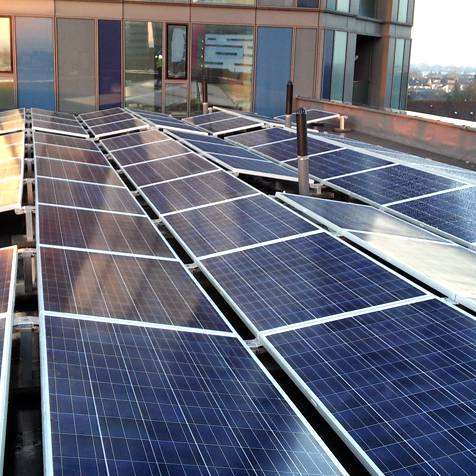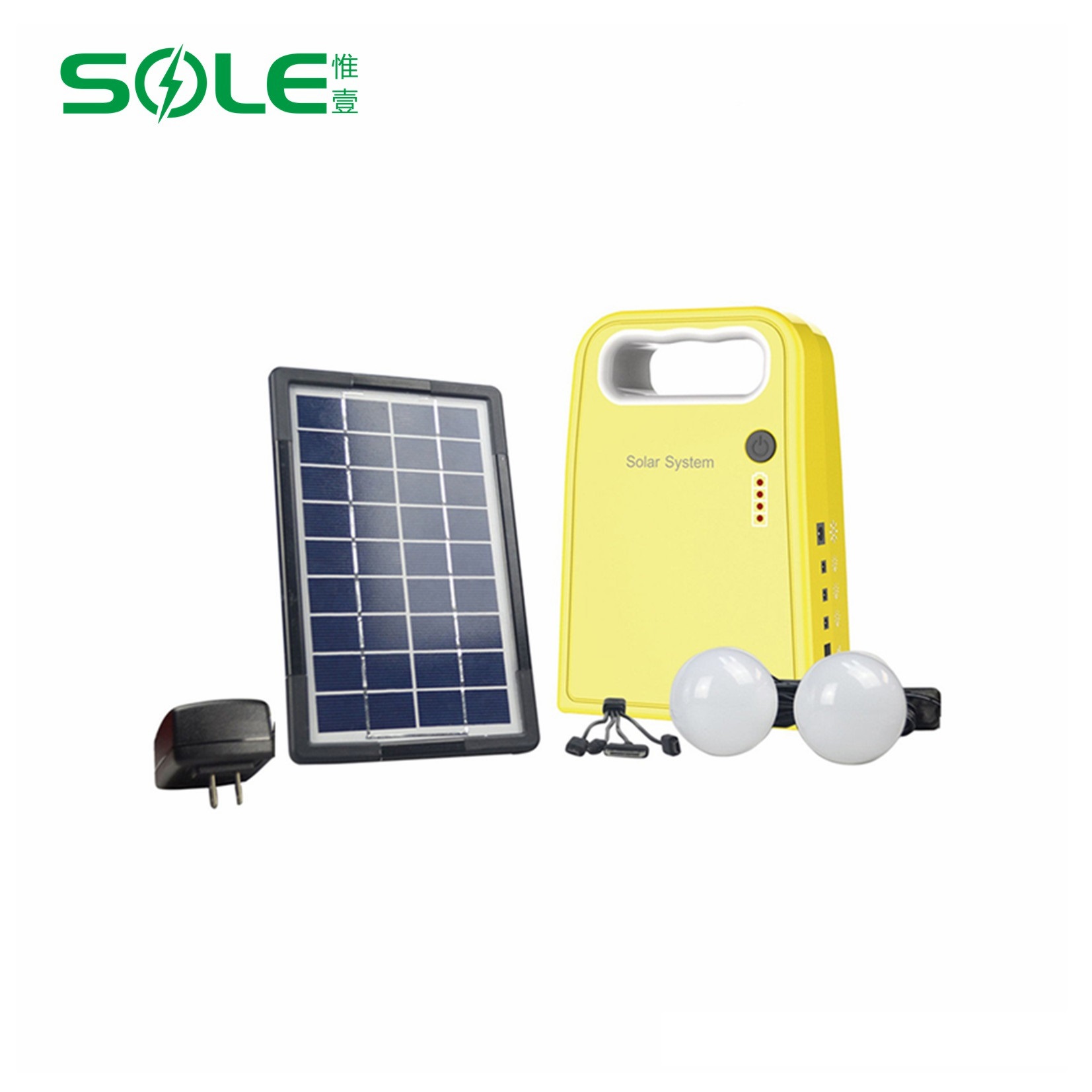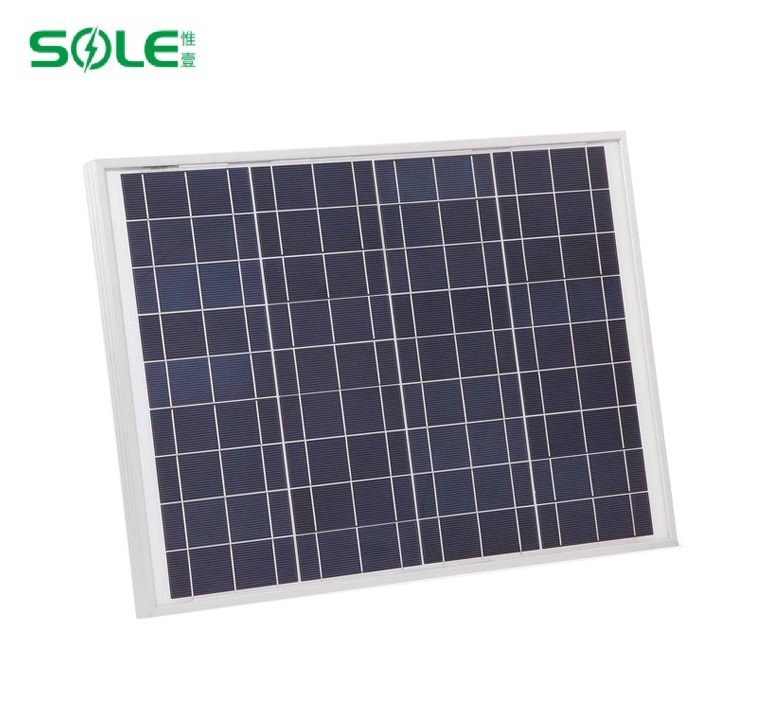The Federal Trade Department has ruled that bifacial solar panel are no longer subject to clause 201, which currently imposes a 25% tariff on most solar modules imported into the United States.
Bifacial solar panel itself is very light, and its efficiency is much higher than the traditional module, which is regarded by the industry as the only way to clean energy development in the future. SOLE's bifacial solar panel are also the latest hot products.
So even if some domestic photovoltaic companies were hit by tariff exemptions, the American Solar Energy Industry Association (SEIA) welcomed the decision. "This exemption will accelerate the adoption of bifacial solar panel technology in the United States, even though it is still at a relatively early stage," said Smino, vice president of market strategy at SEIA. Now most of the world's leading module suppliers have provided or are about to launch a bifacial solar panel product.
Although the progress of bifacial solar panel in the U.S. market has improved this year, it has been pushing forward slowly and is still a small demand. PVinfoLink believes that the U.S. government has greatly promoted the promotion of bifacial solar panel, and the future vigorous development of bifacial solar panel in the U.S. is predictable. Under the premise of not levying 201 tax, no matter the components of double glass or transparent backplane will not be restricted by 201. This will make bifacial solar panel cheaper than single-sided components in the future American market. Considering the better cost of power generation (LCOE), it is also expected that the demand of projects will be changed to bifacial solar panel in succession, and the market share of bifacial solar panel will be rapidly increased in the future.
Some analysts believe that before the 201 exemption is abolished, components with 201 tariff costs ranging from 25 cents to 35 cents per watt can save 6 cents to 9 cents per watt if they are bifacial solar panel. For developers, the system cost band has dropped significantly, which is undoubtedly a good thing for investors.
Generally speaking, it remains to be seen whether the two sides with cost-effective advantages can usher in a turning point in the US market where one-sided components dominate.
List of Exemptions for Webcast 2019:
45W Offline Photovoltaic Module
4W Solar Panel Module
60W Component
120W flexible and semi-flexible panels for motor vehicles and ships
90W Frameless Solar Modules, Colors Other than Black or Blue
SOME IBC AND NON-MAIN GRID SOLAR COMPONENTS
The module uses only photovoltaic cells made in the United States.
bifacial solar panel
Flexible Glass Fiber Solar Module
Modules with 10 mm reflective film between batteries




